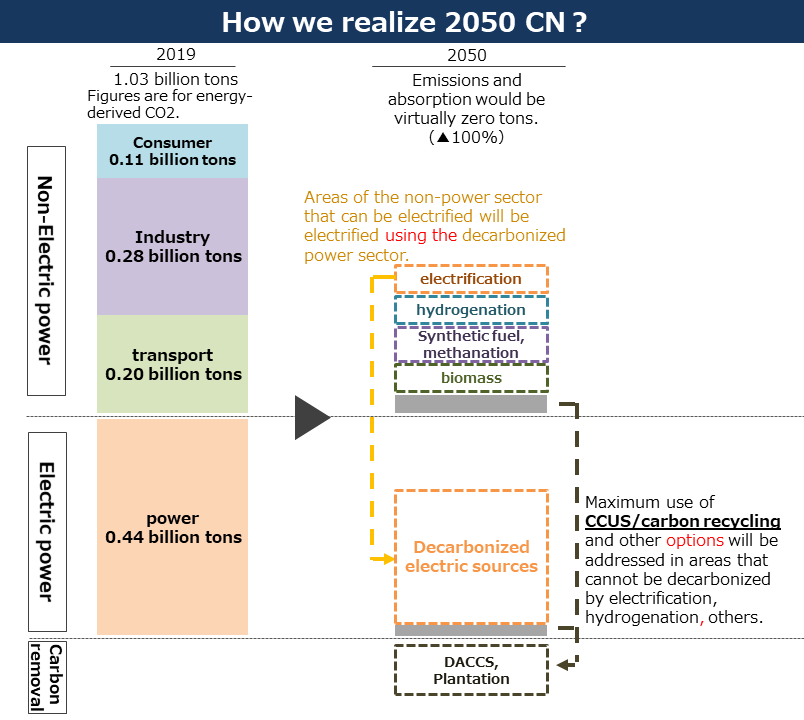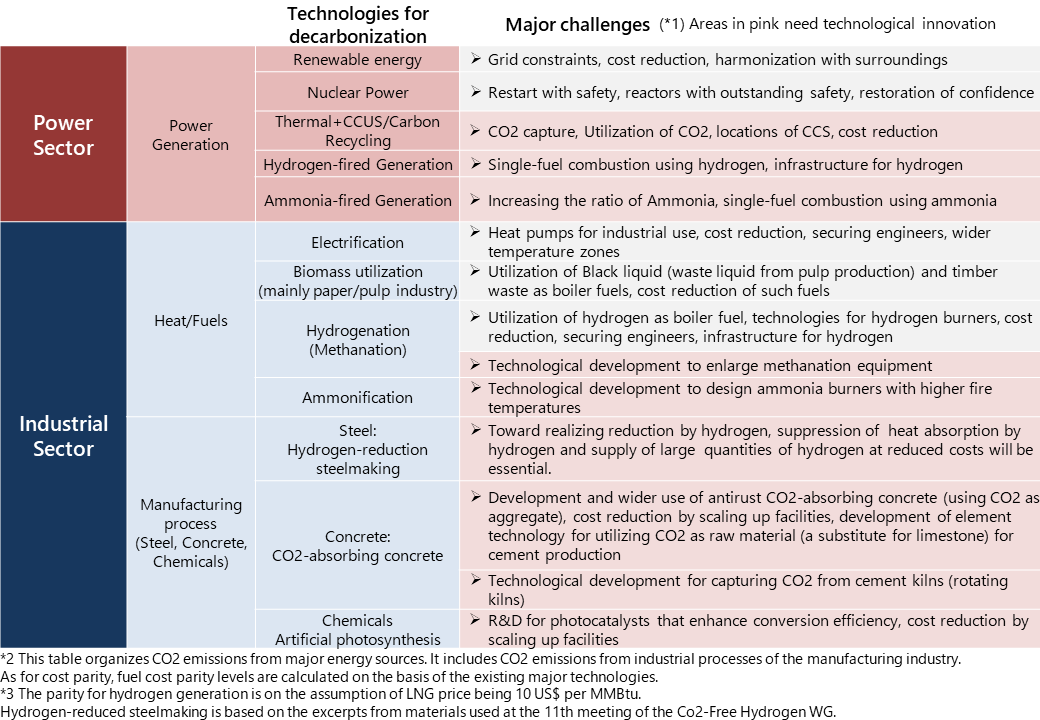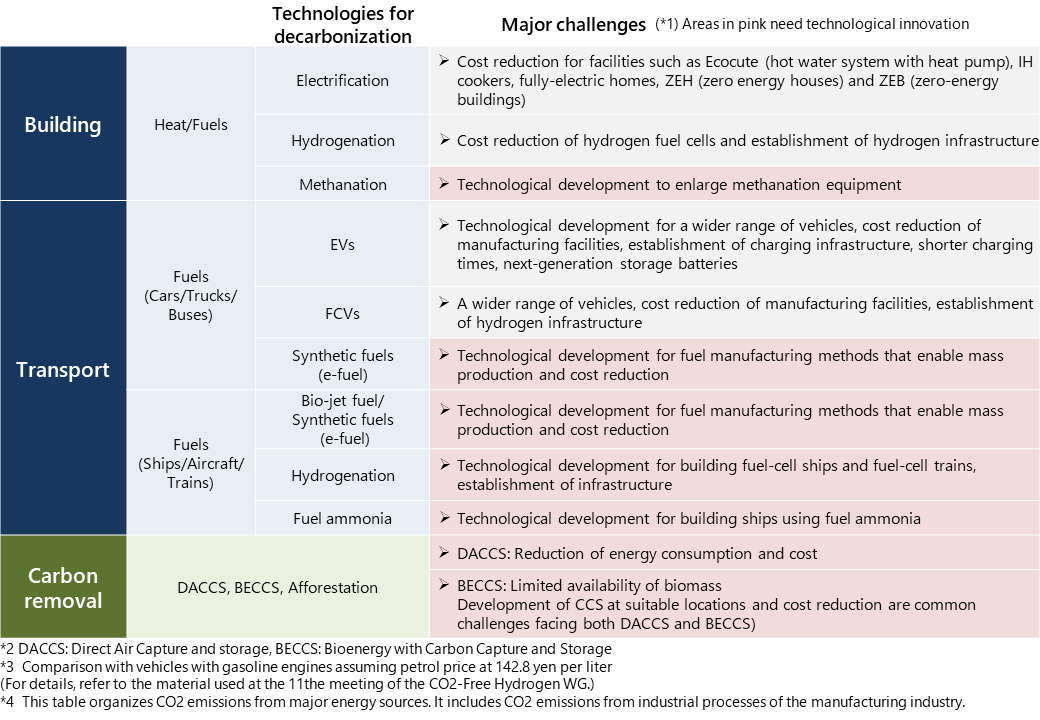What is “Carbon Neutrality” all about? (Part 2)
-Why does Japan aim to realize it?
(in provisional translation)
(English ver.) 2022-05-11
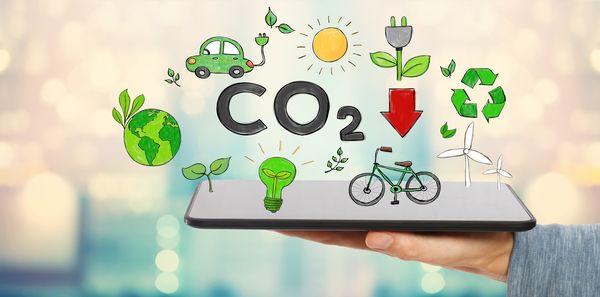
You may have often seen or heard the words “carbon neutrality” in media reports. The first part of the article explained what carbon neutrality essentially means, when it is to be realized/achieved, and which parties have made declarations regarding their intention to achieve it.
This is the latter part of the article focusing on why carbon neutrality is necessary, and how it will be realized.
Why is carbon neutrality necessary?
As the first part of the article explains, the carbon neutrality that Japan is pursuing is a situation with “net zero greenhouse gas emissions.” Mr. Suga, the then Prime Minister, in his general policy speech in October 2020, declared that by 2050 Japan aims to reduce greenhouse gas emissions to net-zero, that is, to realize a carbon-neutral, decarbonized society. Why is Japan aiming to realize this?
As everyone is well aware, global warming is a critical issue that should be urgently addressed. Furthermore, efforts to achieve “carbon neutrality” also serve as driving force toward new growth.
More than 120 countries plus one area have declared their intention to achieve carbon neutrality by 2050. International trends have accelerated toward bold investments that are taking climate change response as an opportunity for growth. Businesses and financial markets across the world are adapting to such trends. Efforts toward carbon neutrality will change society and the economy fundamentally, and promote investment and enhance productivity, providing opportunities for drastic changes in the industrial structure as well as for robust growth in the future.
gas reduction targets of major nations
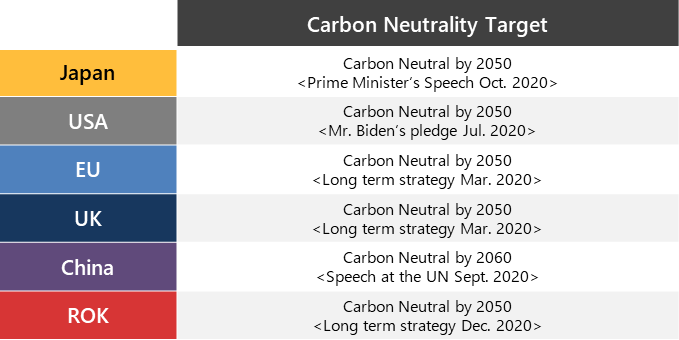
ESG investments are spreading across the world with emphasis on Environment, Society and Governance. It has therefore now become critical for enterprises to tackle environmental issues. Companies, particularly in developed nations, are making large-scale investments in technological innovations towards carbon neutrality, attempting to find a way to survive in the markets. Japan as a whole, with industry-academia-government collaboration, aims to develop technologies for carbon neutrality from a long-term perspective.

Created by the Ministry of Environment based on the material published by “the Japan Sustainable Investment Forum”, a nonprofit organization
Mr. Suga, the then Prime Minister, made the following statement in his general policy speech: “Addressing climate change is no longer a constraint on economic growth. We need to adjust our mindset to a paradigm shift that proactive climate change measures bring transformation of industrial structures as well as our economy and society, leading to dynamic economic growth.”
Our efforts toward carbon neutrality will lead the world’s green industry, while also providing a driving force for the virtuous cycle of economy and environment that Japan is pursing.
Direction of actions toward realizing carbon neutrality
Is carbon neutrality in fact feasible? Achieving this goal by 2050 is a massive challenge. What concrete actions are to be taken? The direction of measures against energy-related CO2 emissions is illustrated below.
The terms “energy consumption” and “CO2 intensity” are used as indices for measuring energy-related CO2 emissions. “Energy consumption,” as the term indicates, is the amount of energy used, which includes electric power and non-electric power such as heat and fuel. On the other hand, “CO2 intensity” is the amount of CO2 emitted when a certain quantity of energy is used. The amount of energy-related CO2, resulting from consumption of fuels, electricity or heat, is calculated by the following formula:
- Energy-related CO2 emissions = CO2 intensity x energy consumption
CO2 intensity: the amount of CO2 emitted when a certain quantity of energy is used
Energy consumption: the amount of energy used
In the above diagram, the vertical axis indicates CO2 intensity, and the horizontal axis indicates energy consumption. Multiplying these two figures results in the quantity of energy-related CO2 emissions (an area on the diagram.) It is necessary to make this area smaller (ultimately reducing it to zero), by reducing both CO2 intensity and energy consumption in order to achieve carbon neutrality. Understanding this, what kinds of efforts should be made?
1) Energy conservation/ energy efficiency improvement
In order to make the area on the diagram smaller (to reduce CO2 emissions), the simplest way would be to reduce energy consumption. You may think of power saving through not using or wasting energy for certain purposes, for example, but making products of higher energy efficiency will also contribute to curtailing energy consumption. However, it is impossible to make energy consumption zero using only this method. Other avenues to carbon neutrality must be explored at the same time.
2) CO2 intensity reduction
It is essential to reduce the amount of CO2 emitted when a certain quantity of energy is used (CO2 intensity) while pursuing better energy conservation/ energy efficiency. In the electric power sector, decarbonized power sources need to be expanded, which include utilization of renewables and nuclear power. CCUS (Carbon dioxide Capture, Utilization and Storage) and carbon recycling should also be applied to thermal power generation. Realizing zero CO2 intensity in the electric power sector by decarbonizing power sources will be a prerequisite for carbon neutrality.
Then, what can be done in the non- electric power sector for reducing CO2 intensity? CO2 is emitted when automobiles use fuel, or the industrial and household sectors use heat. Conversion to lower-carbon fuels, or use of hydrogen, biomass and synthetic fuels would help reduce CO2 intensity. The lower CO2 intensity would lead to lower total CO2 emissions.
3) Electrification of the non-power sector
The non-power sector uses high-temperature heat or fuels which are difficult to decarbonize for technical or cost reasons. Therefore, compared with the power sector, it is relatively difficult to reduce the CO2 intensity of energy use in the non-power sector. Using electricity with low CO2 intensity will contribute to the reduction in CO2 emissions. Advancing electrification based on decarbonized power sources can also reduce CO2 emissions.
4) Negative emissions
Despite all the efforts toward energy conservation/efficiency improvement, lowering CO2 intensity and electrification, some sectors will be impossible to decarbonize, or in some cases, it may require enormous costs to reduce CO2 emissions. There are also greenhouse gas emissions from non-energy sources. Afforestation, for instance, can increase the absorption of CO2 from the atmosphere through photosynthesis of the new trees. “Negative emission technologies” that directly capture CO2 from the atmosphere for storage could also be utilized. These include:
“BECCS” (Bio-Energy with Carbon Capture and Storage) is a technology that captures CO2 from biomass fuel combustion for containment underground, and
“DACCS (Direct Air Carbon Capture with Carbon Storage) is a technology that directly captures CO2 from the atmosphere for storage.
5) Zero CO2 emissions in total
It is essential to properly apply measures 1) through 4) toward achieving carbon neutrality with zero net CO2 emissions.
In what areas do we reduce CO2?
Then, how much CO2 is to be reduced, and how? A simplified diagram below explains how energy-related CO2 will be reduced.
As explained above, decarbonizing the power sector is a prerequisite for achieving carbon neutrality. On the other hand, it is essential for the non-power sector to convert to energy sources that do not emit CO2 by using electrification and hydrogenation. Energy-related CO2 needs to be reduced from 1.06 billion tons in 2018 emitted by the power and non-power sectors combined. Japan aims to achieve net zero emissions in 2050 by balancing emissions with absorption of CO2 through measures such as afforestation and DACCS.
What technologies are being developed?
The last part of this article presents efforts being made by respective sectors toward carbon neutrality. In the power sector, expanded use of renewables and technological development for power generation using hydrogen and ammonia are in progress.
In the non-power sector, electrification of energy sources for manufacturing equipment and technological development in various fields including utilization of biomass are underway in the industrial sector. Additionally, new technologies are being tested in manufacturing processes. Some examples are as follows:
In industries such as steelmaking that currently use fossil fuels as raw materials, it is impossible to electrify the manufacturing process. Technologies that enable the use of hydrogen instead of coal as raw material are being studied to decarbonize the process.
In the chemical industry, technologies such as artificial photosynthesis are being studied, whereby water is electrolyzed by sunlight using photocatalysts to produce hydrogen. Then, the hydrogen is combined with CO2 emitted from chemical plants to produce plastic materials.
In the cement industry, efforts toward CCUS are underway, in which CO2 is solidified as carbonates in waste concrete, for use as raw materials. A concrete product referred to as “CO2-absorbing concrete” is also under development.
In the transport sector, the expanded introduction of electrified vehicles (EVs) and fuel-cell vehicles (FCVs) is underway. More and more homes are electrifying hot water systems and kitchen stoves with expanded use of hydrogen fuel cells.
In order to achieve carbon neutrality by 2050, we need to get closer to the target by fully utilizing new technologies in addition to existing technologies. It is also essential for every one of us to become conscious of the need to convert to lower-carbon or decarbonized energy sources.
Division in charge
About the article
Global Environmental Affairs Office, Industrial Science and Technology Policy and Environment Bureau, METI
About Special Contents
Research and Public Relations Office, Policy Planning and Coordination Division, Commissionerʼs Secretariat, ANRE
![]() The original Japanese text of this article; Click here
The original Japanese text of this article; Click here

